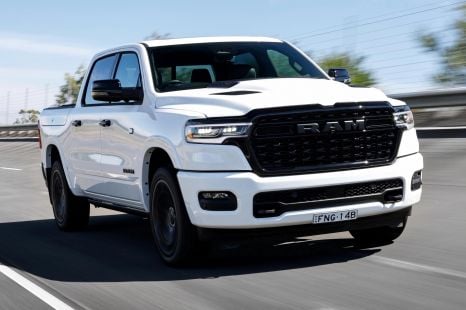

Marton Pettendy
7.8
2 Months Ago
Everything you need to know about the popular Isuzu D-Max ute in one place.
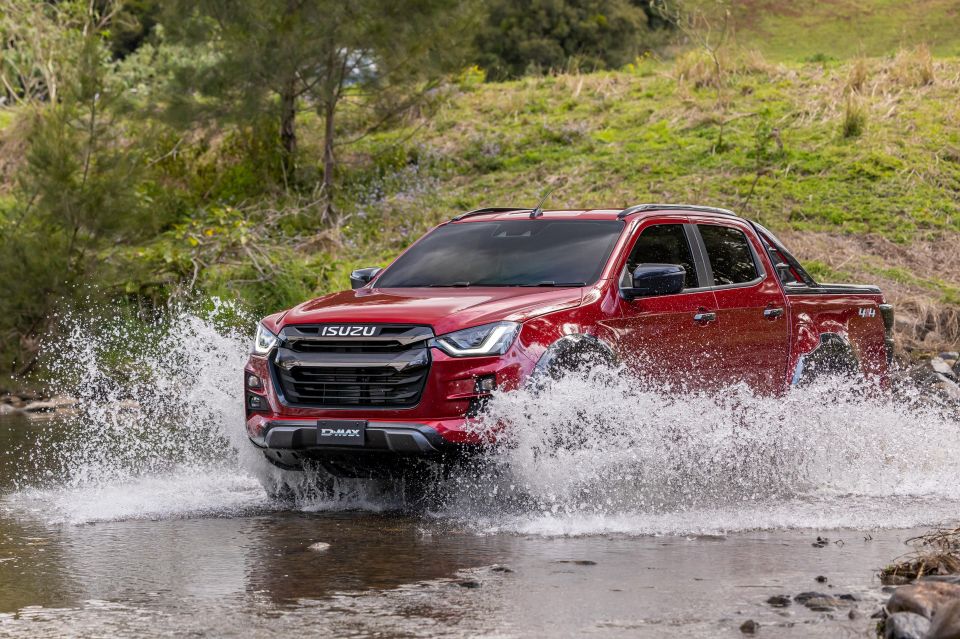
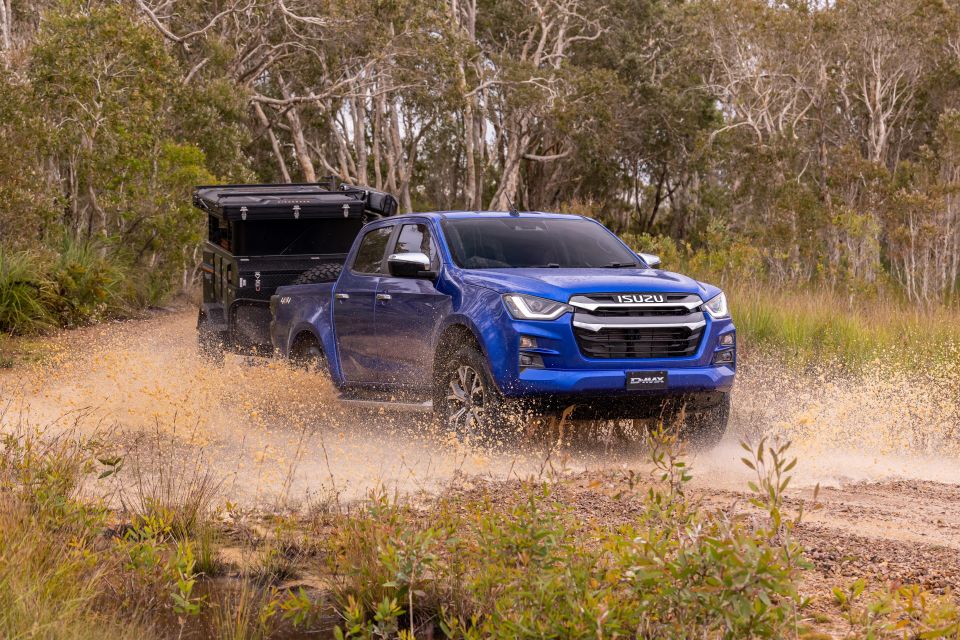

Take advantage of Australia's BIGGEST new car website to find a great deal on a Isuzu D-Max.
Isuzu’s latest D-Max represented a big step forward from its slightly agricultural predecessor, with an updated 3.0-litre engine, more modern interior, and more comfortable ride.

The sprawling range includes everything from a base, manual-equipped single cab chassis model featuring a 1.9-litre engine, to the fully equipped X-Terrain dual-cab ute with a raft of accessories, a tougher look, and a 3.0-litre turbo-diesel engine.
4×2
4×4 Cab Chassis
4×4 Ute
Prices exclude on-road costs unless specified (D/A)
Isuzu is forecasting strong supply of the D-Max into the end of 2023 and start of 2024.
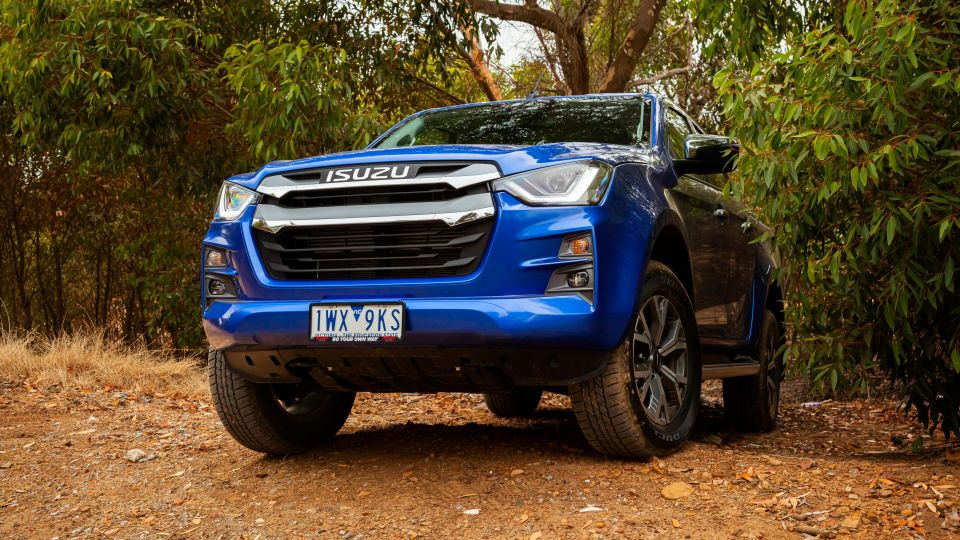
“Our focus on customer satisfaction has been instrumental for our brand over the last few years – instilling confidence amongst customers who have made their purchase decision and patiently await their vehicle to be delivered,” Isuzu Ute Australia deputy managing director Koichiro Yoshida said in a statement.
“In turn, the strong vehicle order volume has helped us secure additional vehicle production with the factory to fulfil these orders – which we are looking forward to delivering to customers as soon as possible.”
The current D-Max debuted in 2019, and arrived in Australia during 2020.
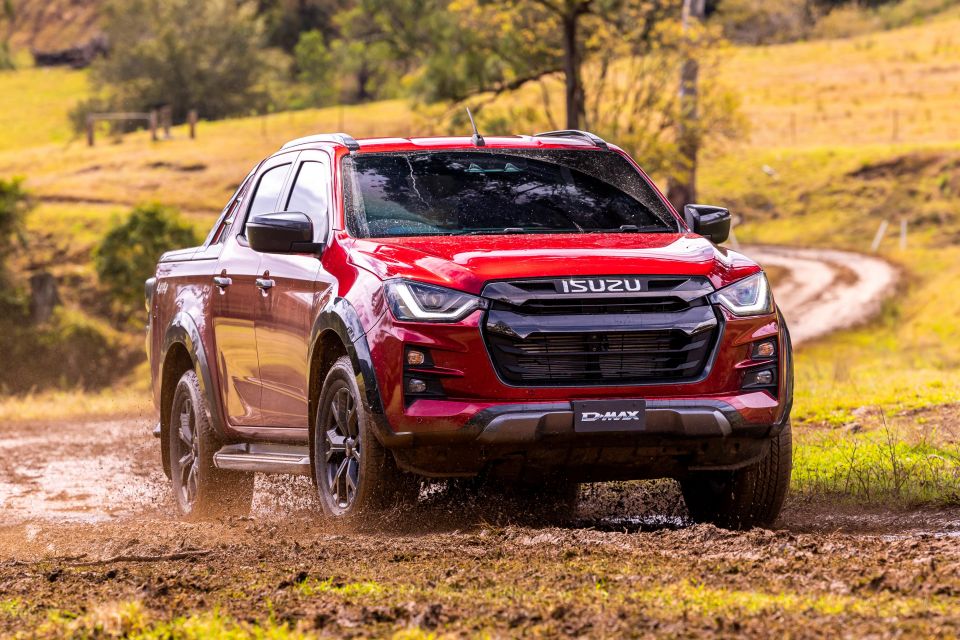
It’s currently approaching four years old, which is when cars are typically updated – however utes often work on a different update cycle to the broader automotive world.
The D-Max has already been treated to a number of rolling updates, with trim changes and new variants added to the range.
An updated model has been revealed for Thailand, but when it’s due to hit Australia isn’t clear.
The 2024 Isuzu D-Max is offered with a choice of two four-cylinder turbo-diesel engines: a 1.9-litre with 110kW of power and 350Nm of torque, and a 3.0-litre with 140kW and 450Nm.
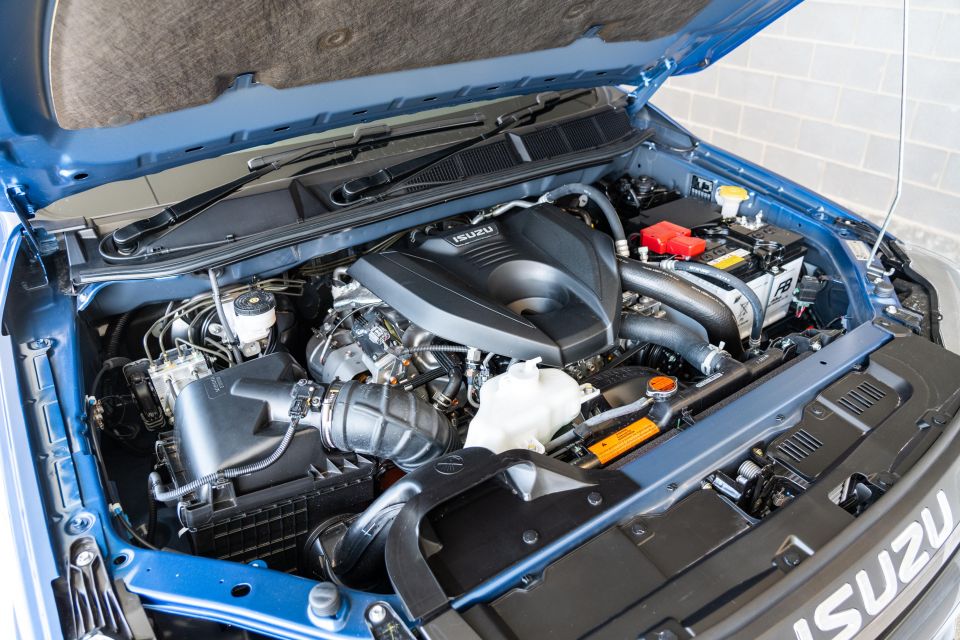
Both are mated with a six-speed manual or six-speed automatic transmission, and either rear- or four-wheel drive.
Four-wheel drive models feature switchable 2H, 4H, and 4L options plus a standard locking rear differential.
Combined fuel economy of the 3.0-litre D-Max ranges between 7.7L and 8.0L/100km depending on the variant, while the 1.9-litre uses between 6.7L and 7.0L/100km.
The Isuzu D-Max was tested by ANCAP in 2020 and earned a five-star safety rating. It received a design change to the driver’s knee airbag and instrument panel in July 2022 and was re-tested, maintaining its five-star rating.

That rating was based on an adult occupant protection score of 86 per cent, a child occupant protection score of 89 per cent, a vulnerable road user protection score of 69 per cent and a safety assist score of 81 per cent.
Every model comes standard with the following safety features:
Automatic models also add wrong-pedal acceleration warning, adaptive cruise, and lane-keep assist.
Eight airbags are standard, including a front-centre airbag designed to stop the passenger and driver’s flailing arms and heads crashing into each other in a serious side-impact crash.
The 2024 D-Max range will be offered in nine colours. All except Mineral White come at a $500 premium.

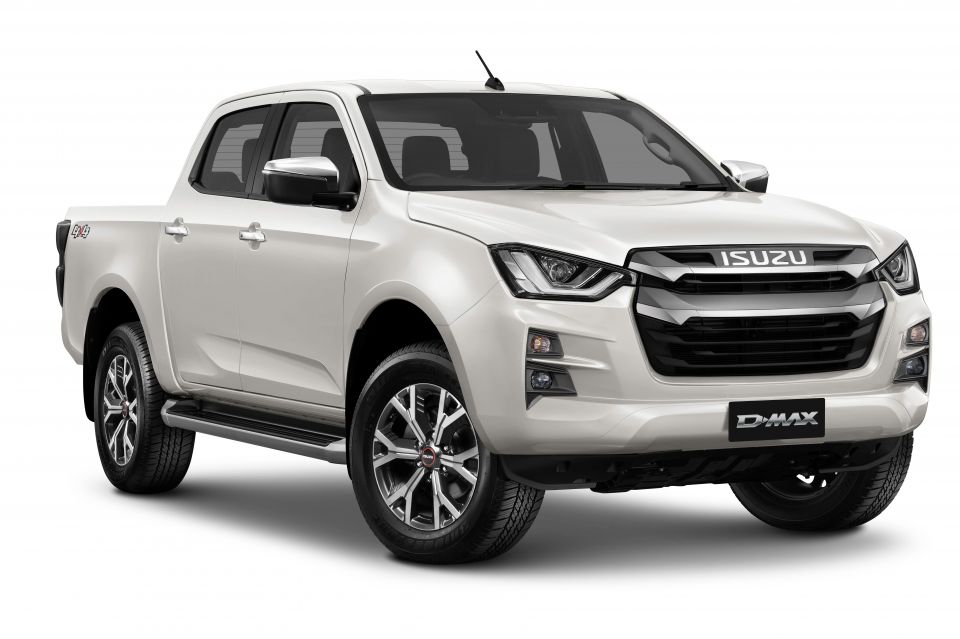
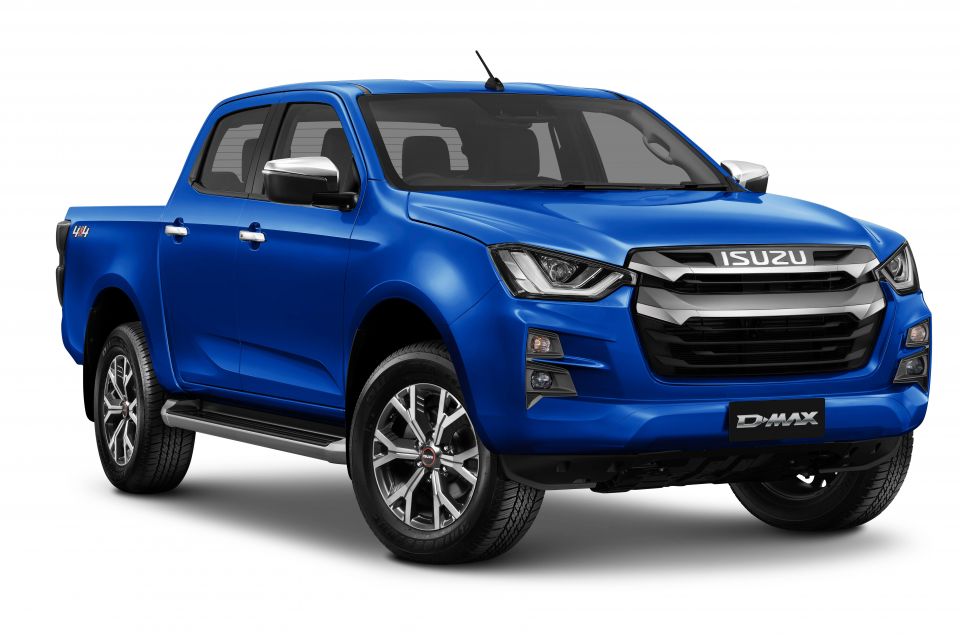
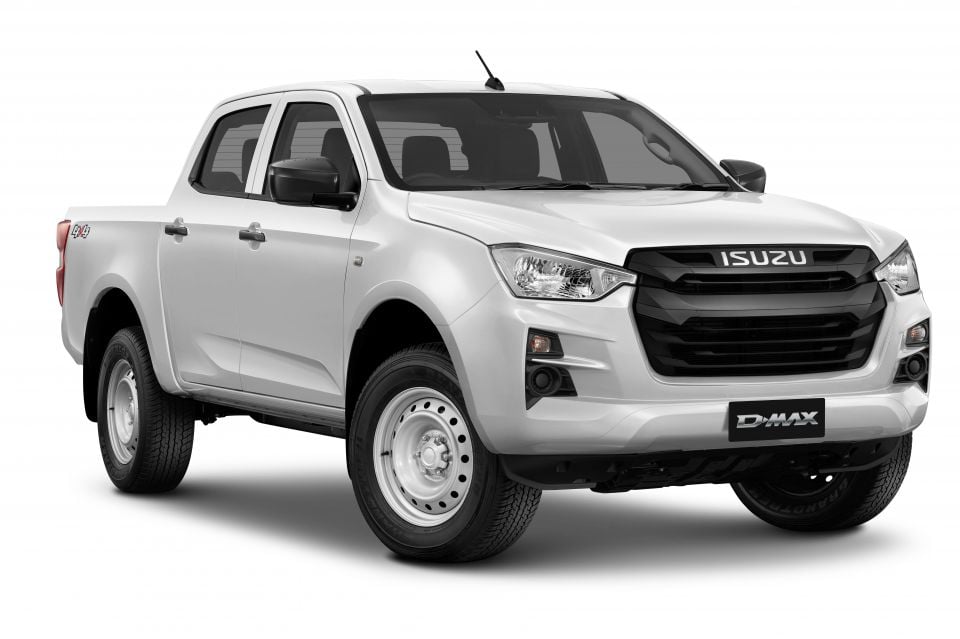
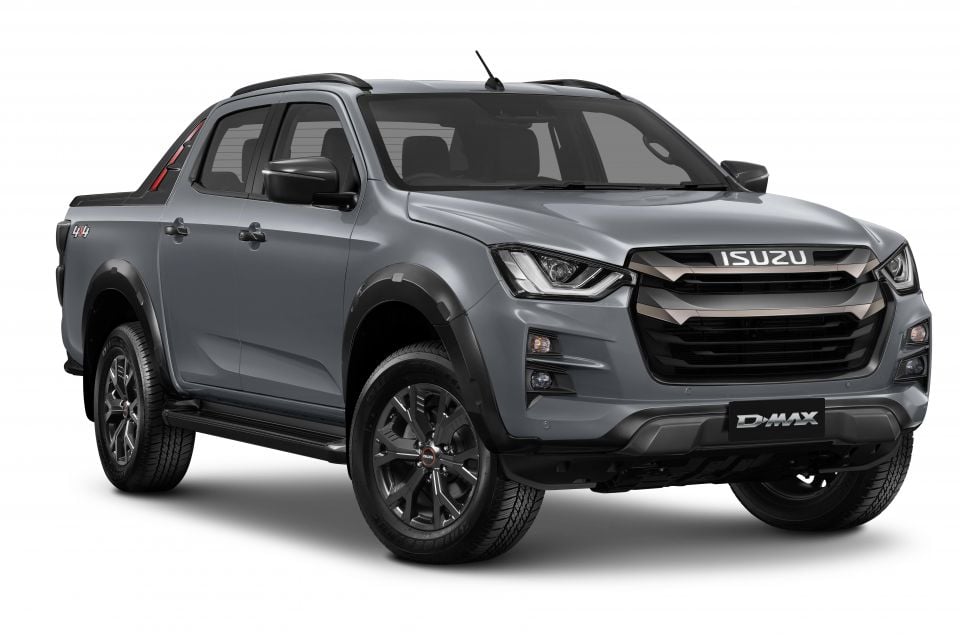
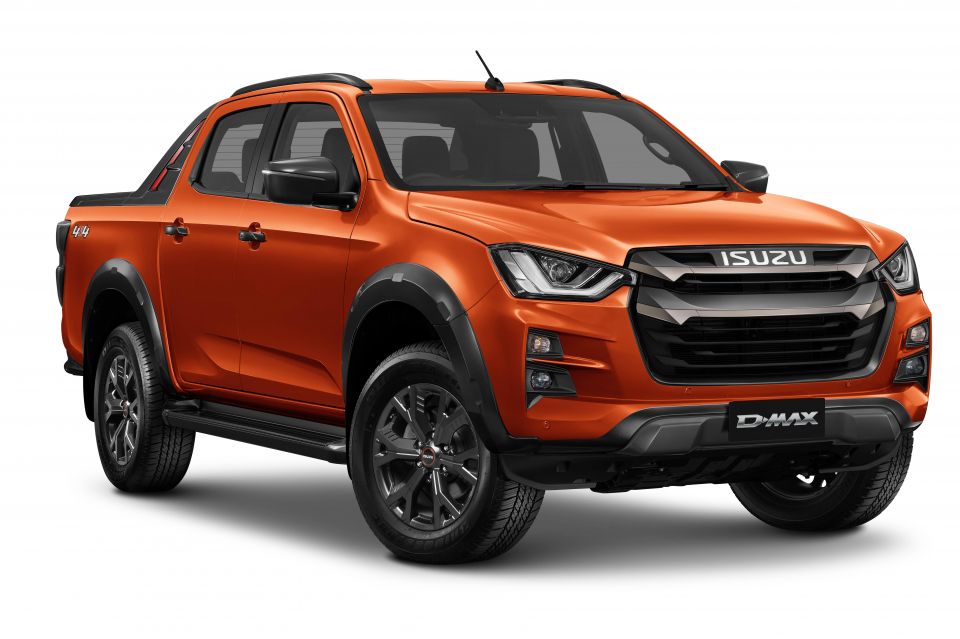
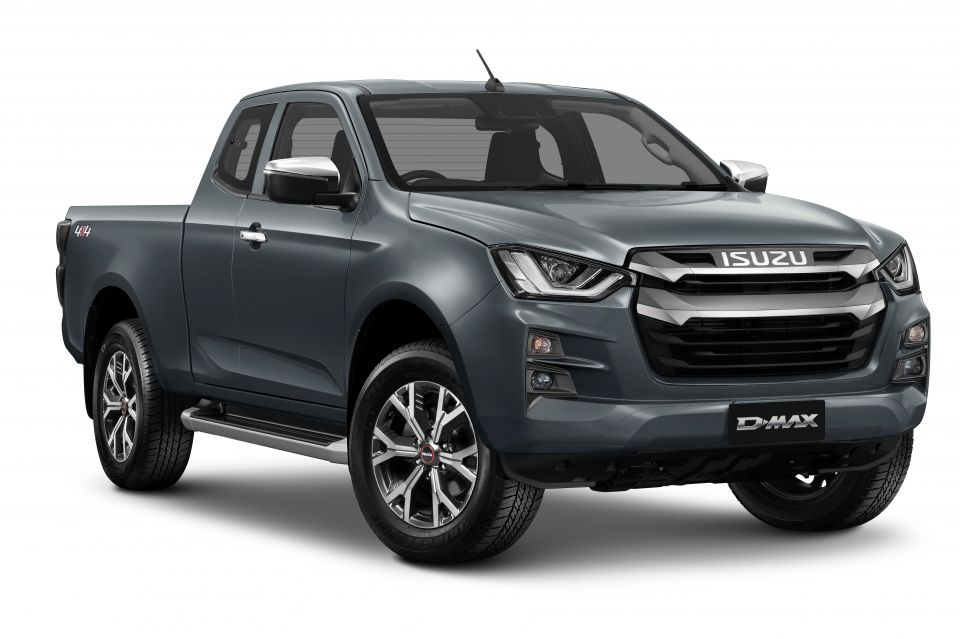
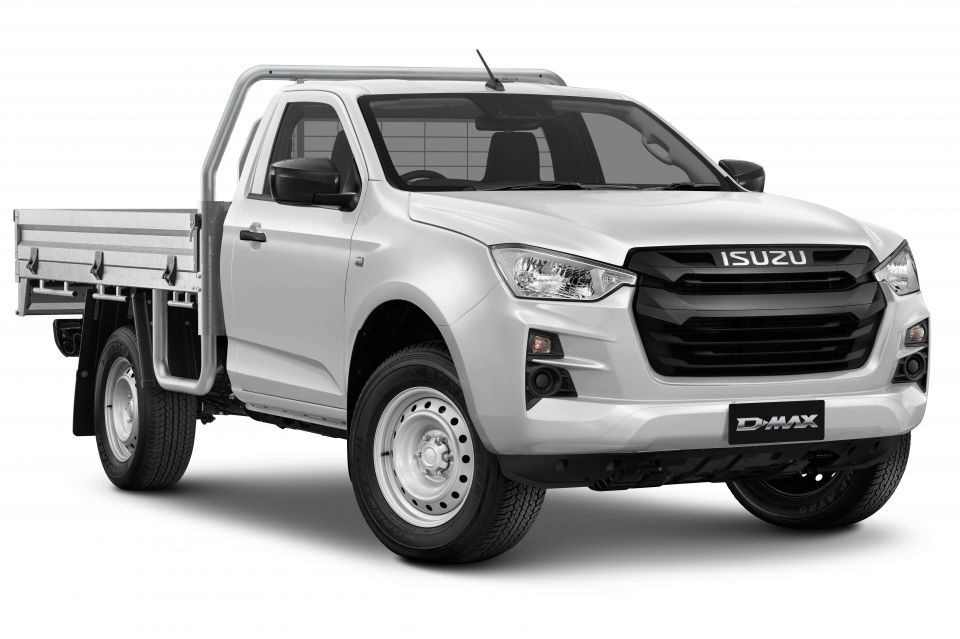
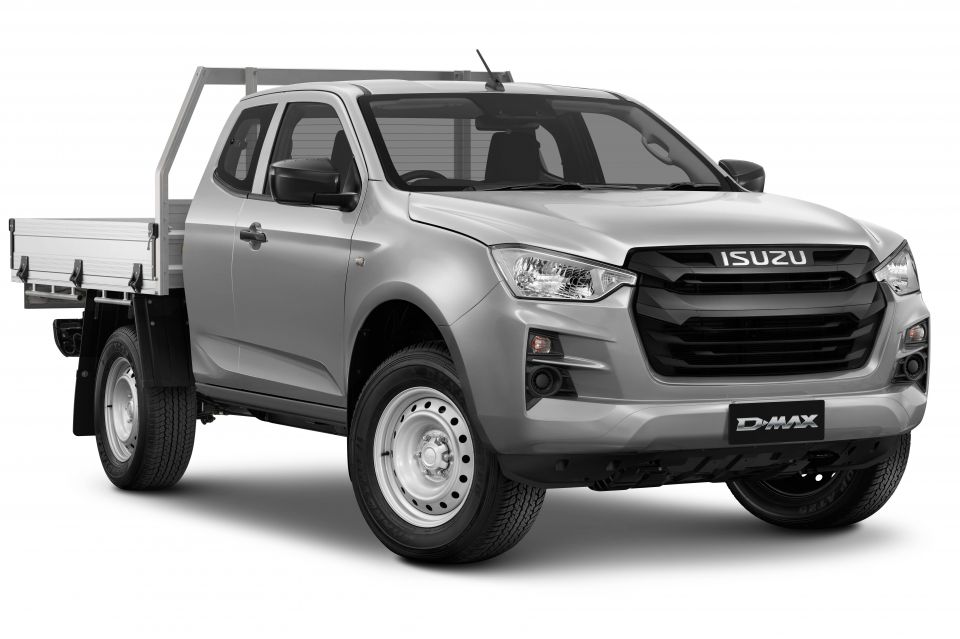
The dual-cab 2024 Isuzu D-Max with an integrated tray measures 5280mm long and 1870mm wide, or 1880mm wide in the range-topping X-Terrain.
The entire range has a 3125mm wheelbase, and the tallest D-Max X-Terrain measures 1810mm tall.
Approach angle is 30.5 degrees, departure angle is 24.2 degrees, and ramp-over angle is 23.8 degrees, while Isuzu claims an 800mm wading depth.
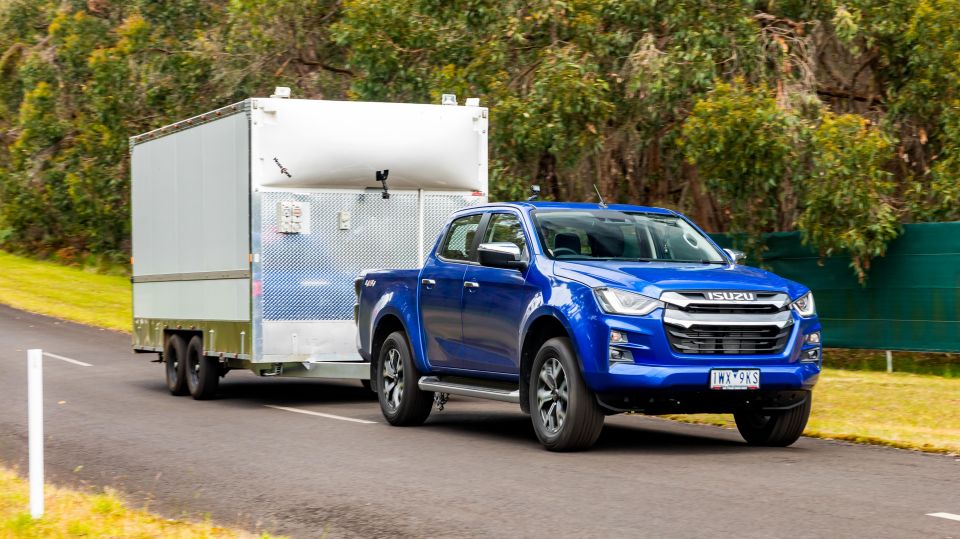
The 3.0-litre D-Max will tow a 3500kg braked trailer and has a 350kg maximum down ball load, and payload varies from 970kg in the X-Terrain to 1320kg in the Single Cab Chassis SX.
The 1.9-litre model has a 2800kg braked towing capacity with the manual, and 3000kg with the automatic. Unbraked towing capacity is 750kg.
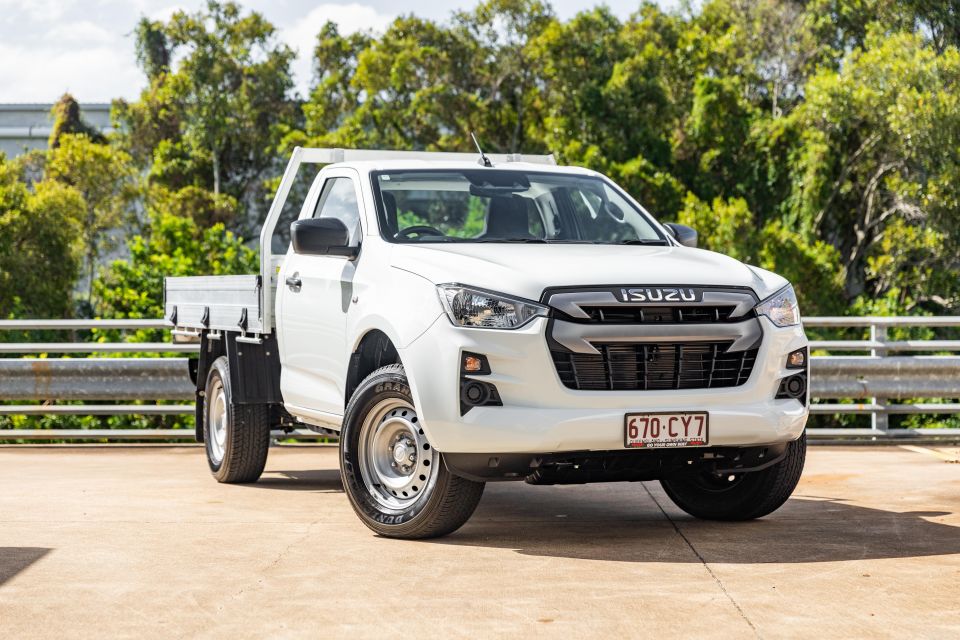
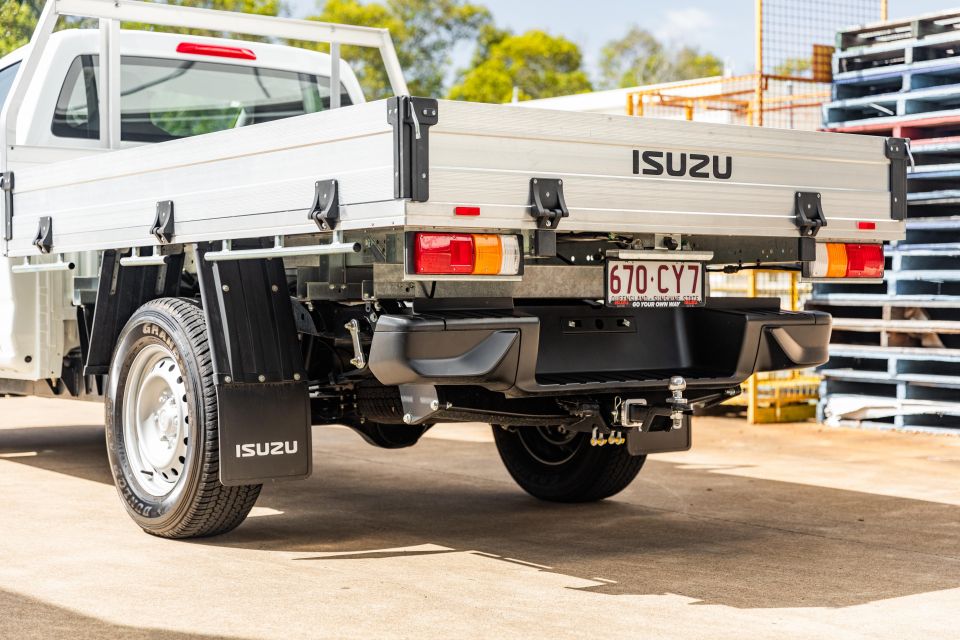
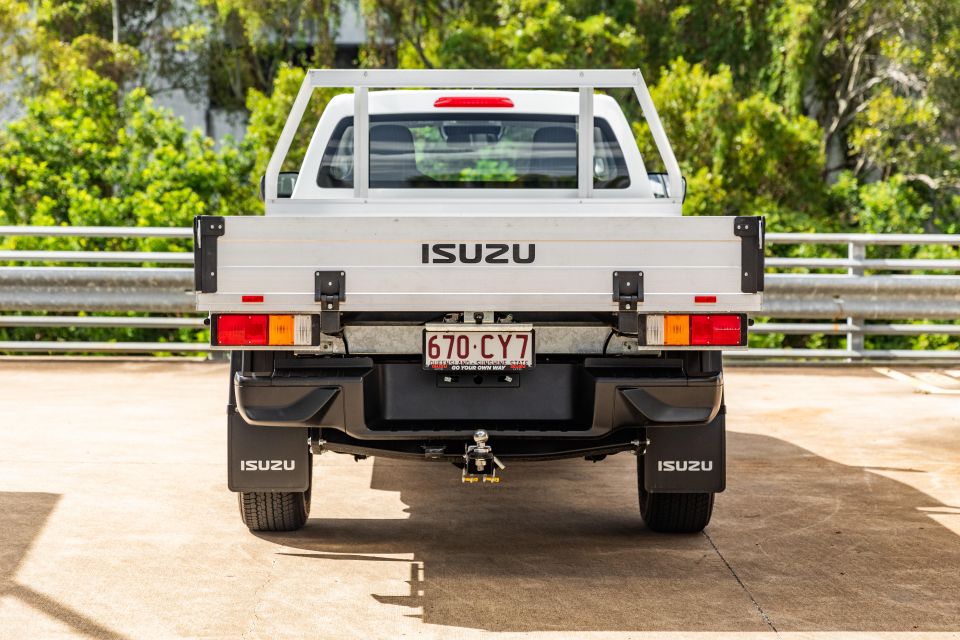
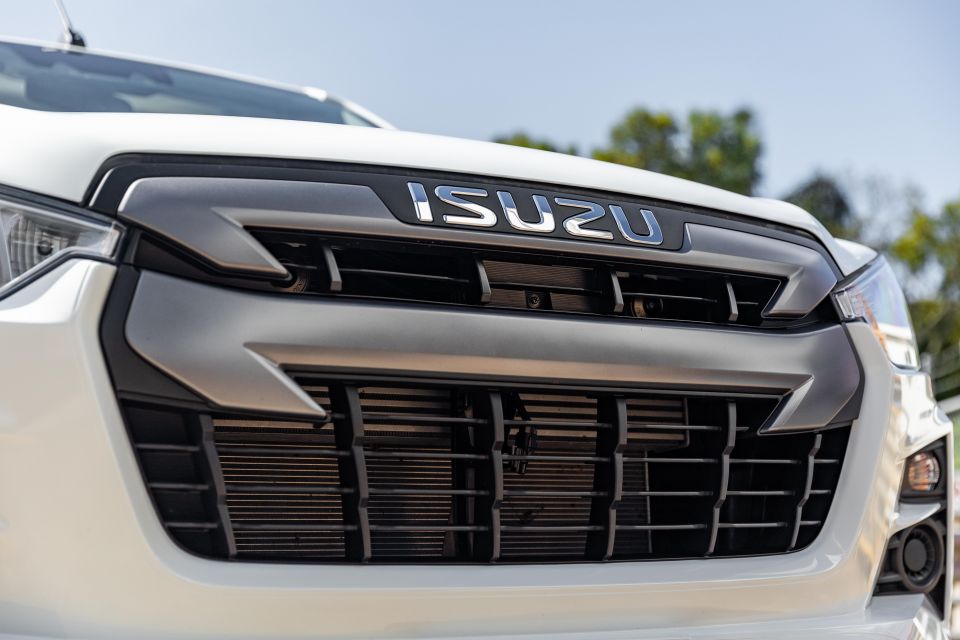
D-Max SX key features:
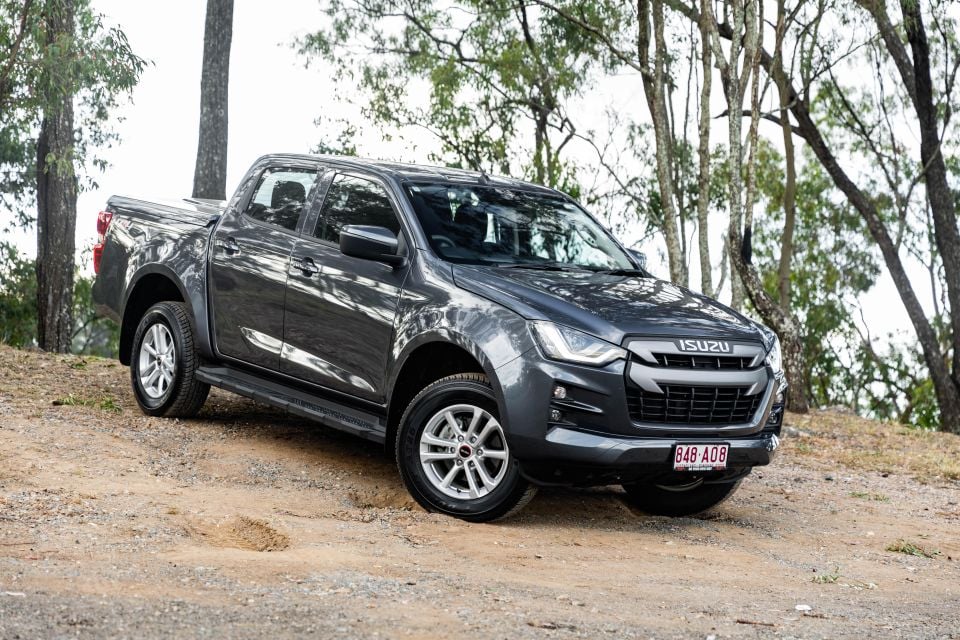
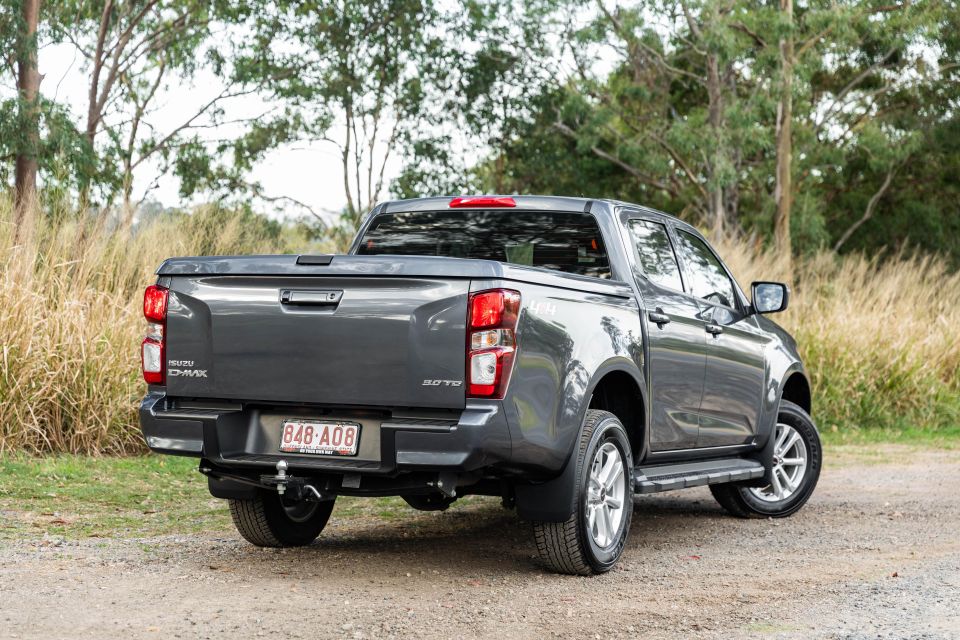
D-Max LS-M adds:
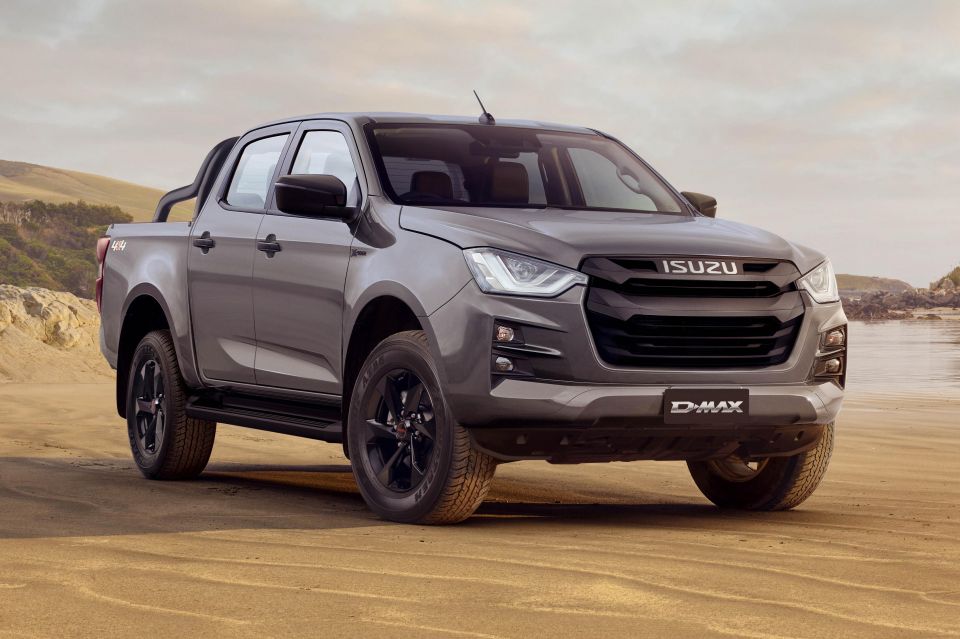

D-Max X-Rider adds:
D-Max LS-U adds on top of the LS-M:
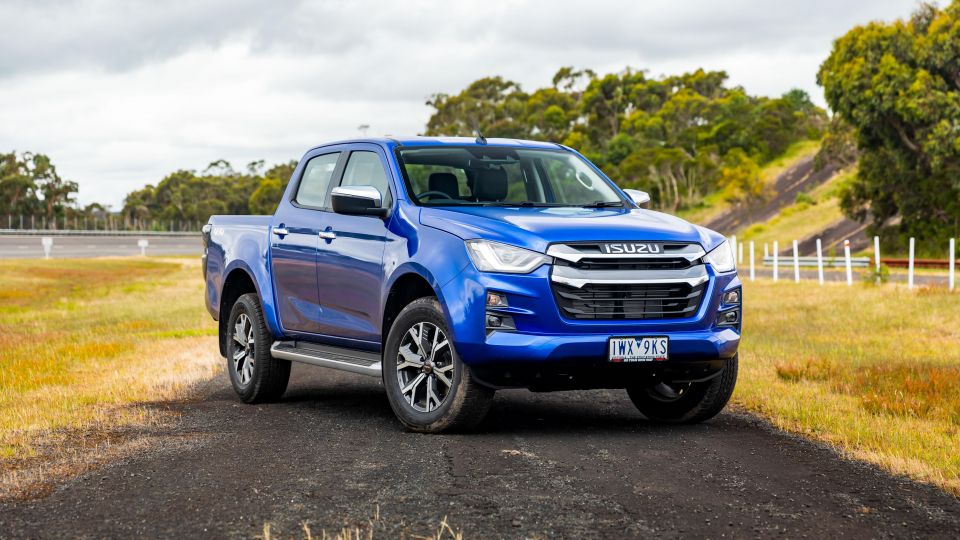
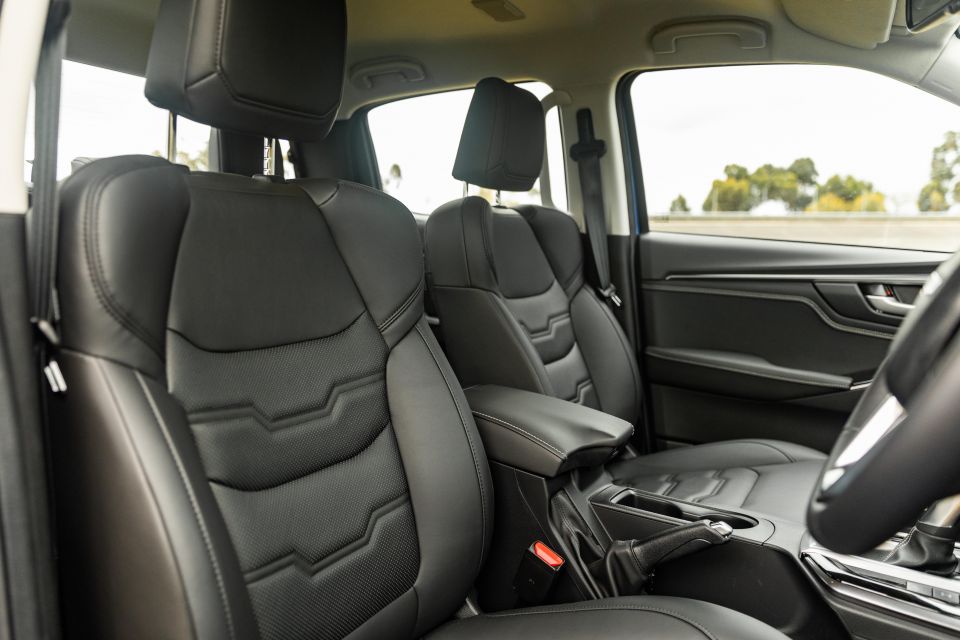
D-Max LS-U+ adds:
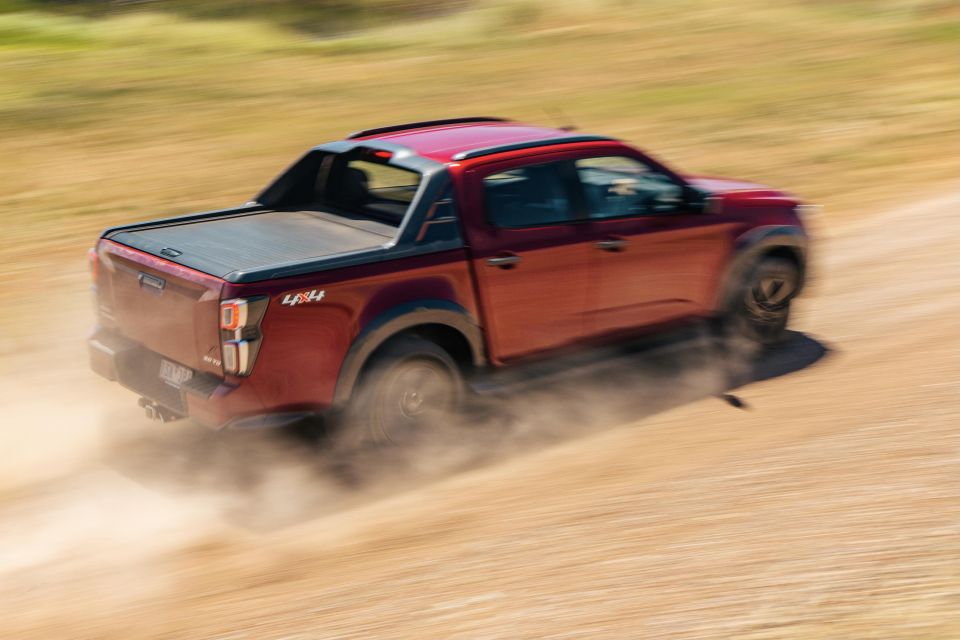
D-Max X-Terrain adds:
You get seats that offer plenty of adjustment for a wide range of body styles, and a compact leather steering wheel that feels great in your hands in all but the very cheapest models.
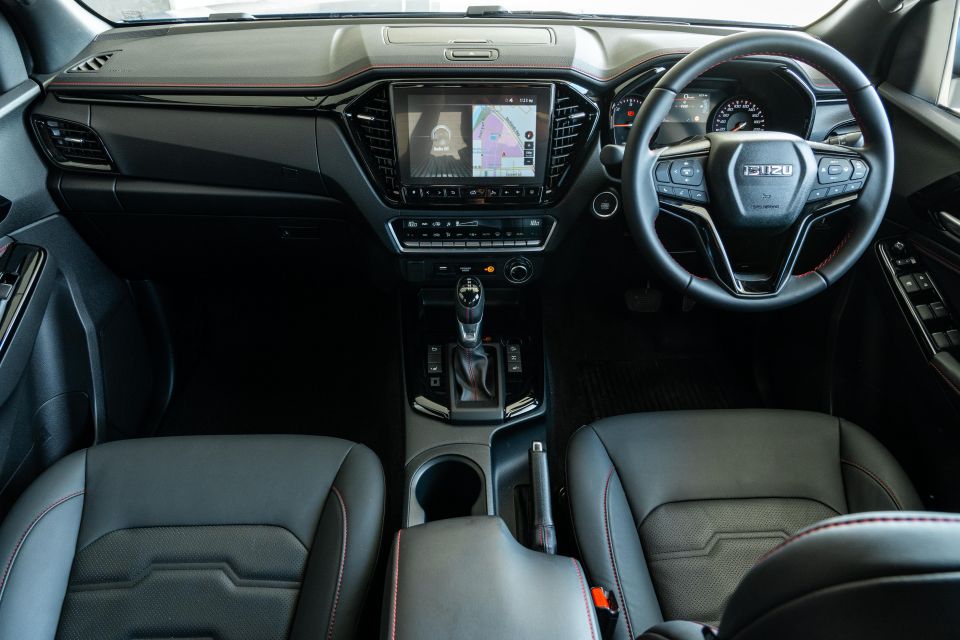
There’s just the right amount of bolstering in the seats, although the scalloped-out backrest means there’s not quite as much lumbar support as would be ideal.
Isuzu has kept the pop-out cupholders on the outer edges of the dashboard – a good thing given the central cupholders swallow a small coffee cup whole, with nothing protruding for the driver to grab onto. Base models miss out, but the LS-U+ also gets a split glovebox and a pop-top storage compartment atop the dash.
The majority of what you touch feels hard-wearing and the leather bits on more expensive models feel high-quality relative to other utes.
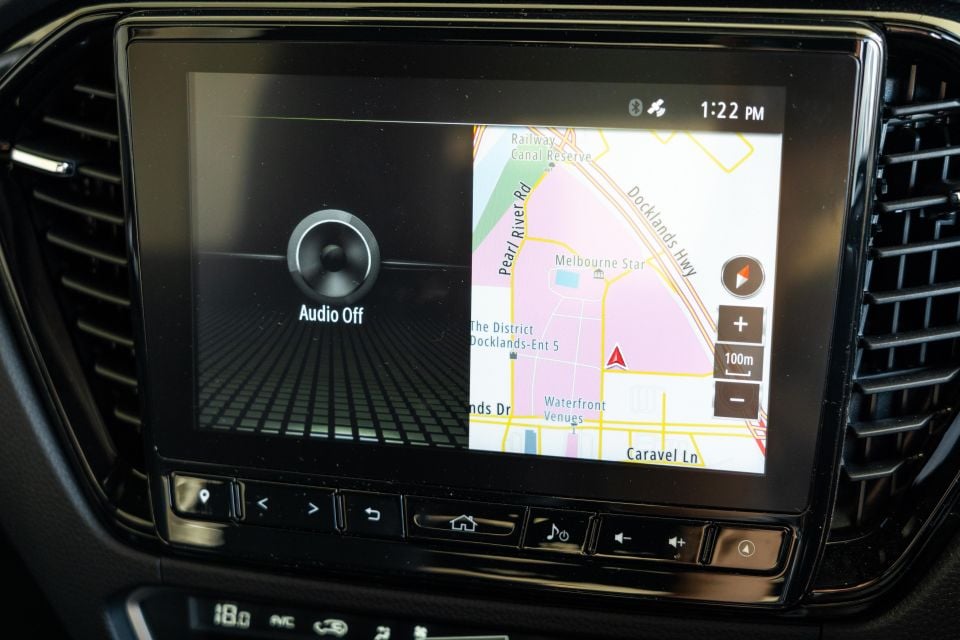

The standard infotainment touchscreen is excellent when you’re using the wireless smartphone mirroring. Apple CarPlay connects within 30 seconds of startup and feels smooth to operate, and didn’t drop out during our time behind the wheel.
Otherwise, the system is pretty basic. The factory satellite navigation system is handy to have, and the inbuilt phone interface is serviceable, but the system lacks the last few layers of OEM polish of what’s on offer in its rivals.
In front of the driver is a simple set of analogue dials, between which sits a 4.2-inch colour trip computer display. Along with a digital speedo, it shows information about your off-road hardware, fuel economy, and media.
There are two USB ports: one in the front, and one in the rear. You don’t get wireless phone charging.
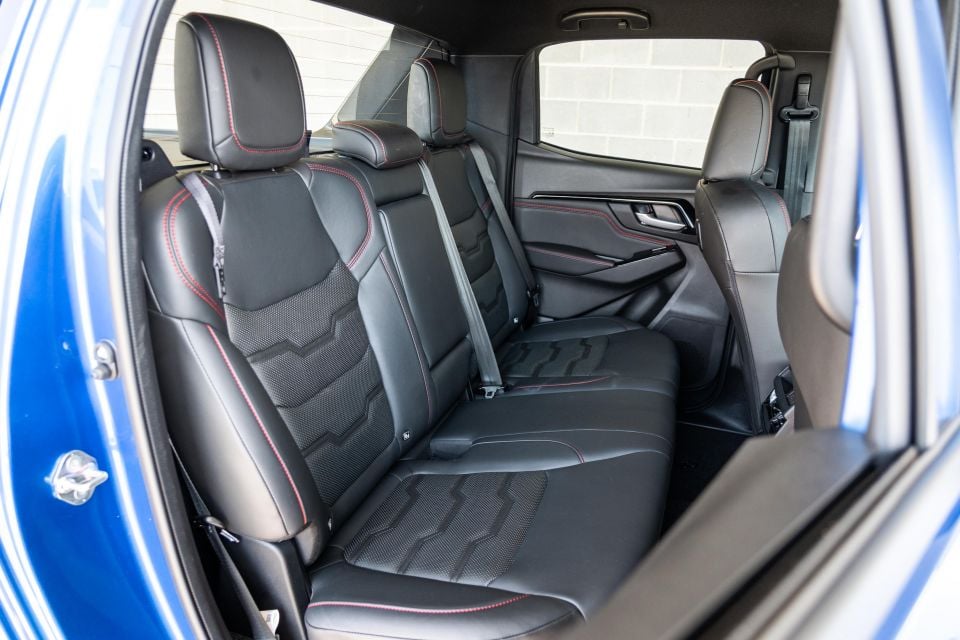
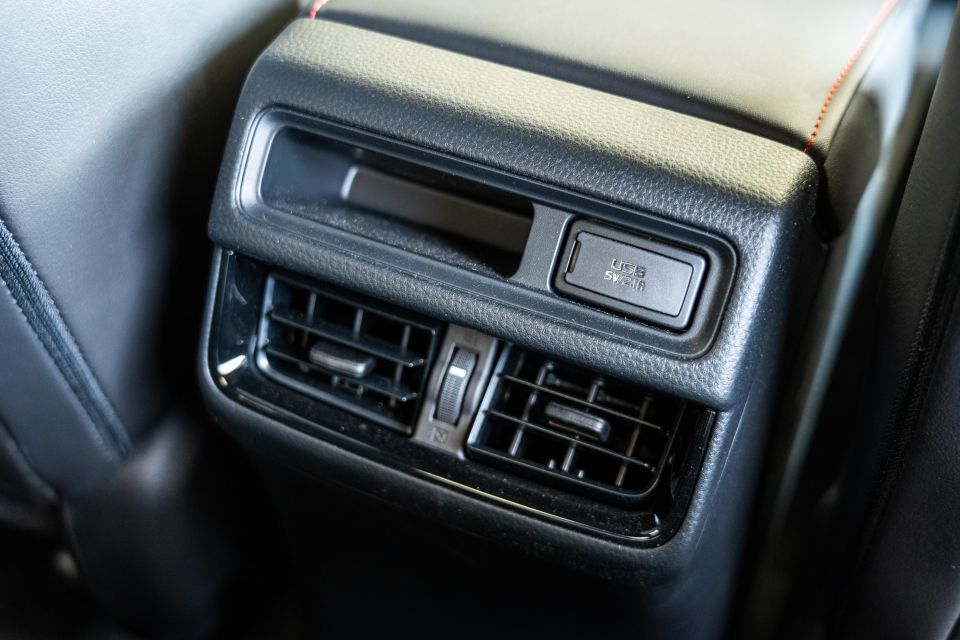
Rear legroom is par for the dual-cab ute class, as is toe-room. There’s plenty of headroom back there, and children or troublesome apprentices will appreciate the air vents on hot days.
There are two ISOFIX points and three top tether mounts back there, and the seat bases lift up to free up more space for items you don’t want to slot into the tray.
We also loved the inclusion of a hook behind the passenger seat for shopping bags and other bits and pieces that have a habit of flying around the cabin.
The D-Max is backed by a six-year, 150,000 kilometre warranty, and comes with seven years of roadside assist.
Maintenance for the D-Max is required every 12 months or 15,000 kilometres – whichever comes first.
| 1.9-litre | 3.0-litre | |
|---|---|---|
| 12 months/15,000km | $435 | $435 |
| 24 months/30,000km | $445 | $445 |
| 36 months/45,000km | $499 | $665 |
| 48 months/60,000km | $555 | $555 |
| 60 months/75,000km | $335 | $335 |
| 72 months/90,000km | $635 | $799 |
| 84 months/105,000km | $455 | $455 |
The D-Max goes head-to-head with a huge range of dual-cab utes in Australia.
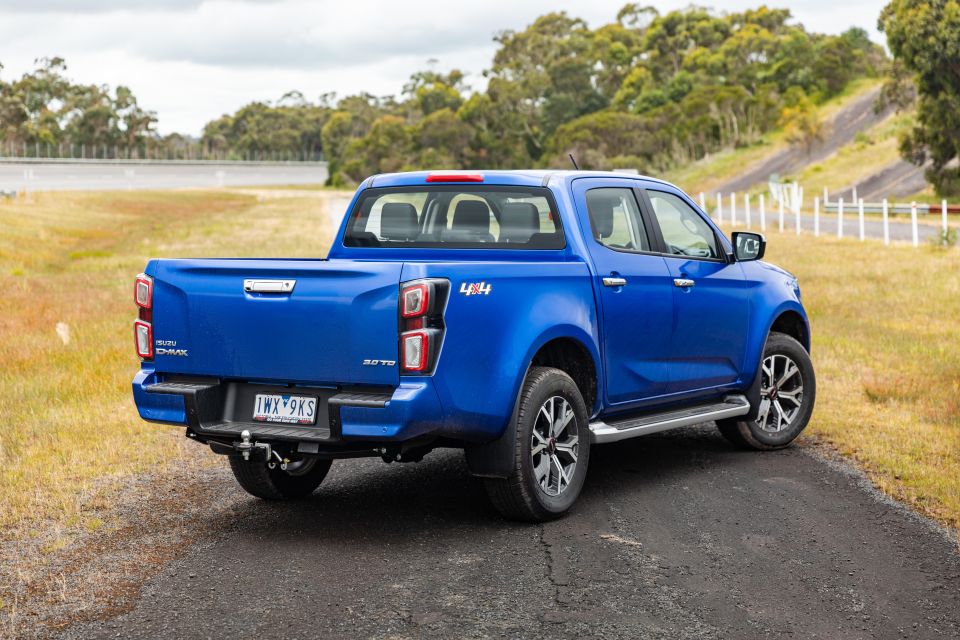
At the bottom end of the range, it takes on the LDV T60 and GWM Ute Cannon from China.
Mid-range models compete on price with the Mitsubishi Triton and Nissan Navara, while at the top end the D-Max does battle with the Ford Ranger, Toyota HiLux, and closely related Mazda BT-50.
The Isuzu D-Max is regularly one of the best-selling new vehicles in Australia.
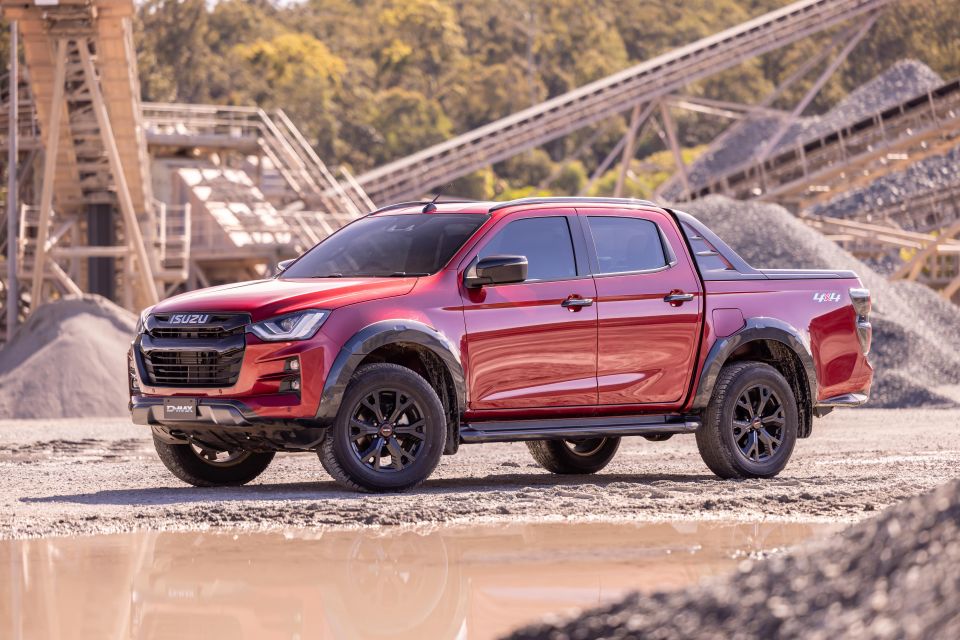
To the end of October 2024, Isuzu has delivered 32,341 examples of the D-Max across both 4×2 and 4×4 variants.
That makes it the third-best selling ute in Australia to date this year behind the Toyota HiLux and Ford Ranger.
BUY: Isuzu D-Max MORE: Everything Isuzu D-Max
Take advantage of Australia's BIGGEST new car website to find a great deal on a Isuzu D-Max.
Scott Collie is an automotive journalist based in Melbourne, Australia. Scott studied journalism at RMIT University and, after a lifelong obsession with everything automotive, started covering the car industry shortly afterwards. He has a passion for travel, and is an avid Melbourne Demons supporter.


Marton Pettendy
7.8
2 Months Ago
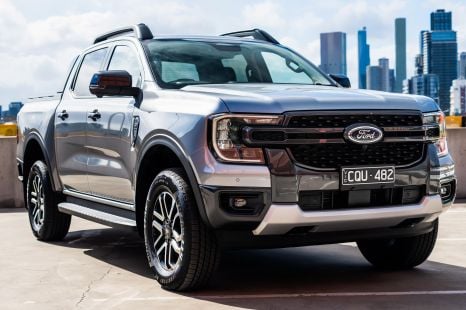

Max Davies
8.4
2 Months Ago
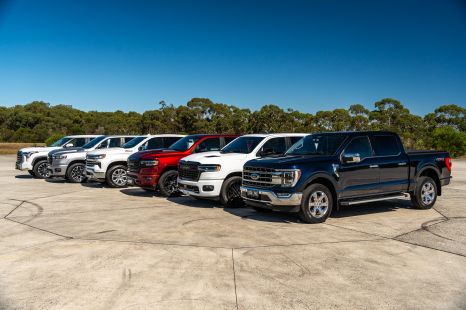

Josh Nevett
1 Month Ago
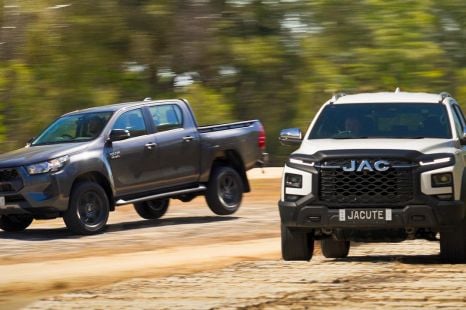

CarExpert.com.au
1 Month Ago
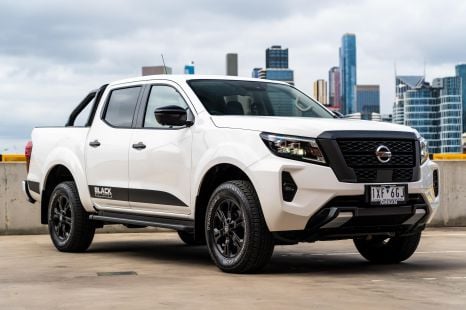

Josh Nevett
7.3
11 Days Ago
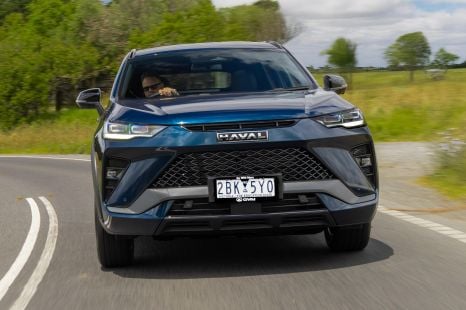

Max Davies
8 Days Ago